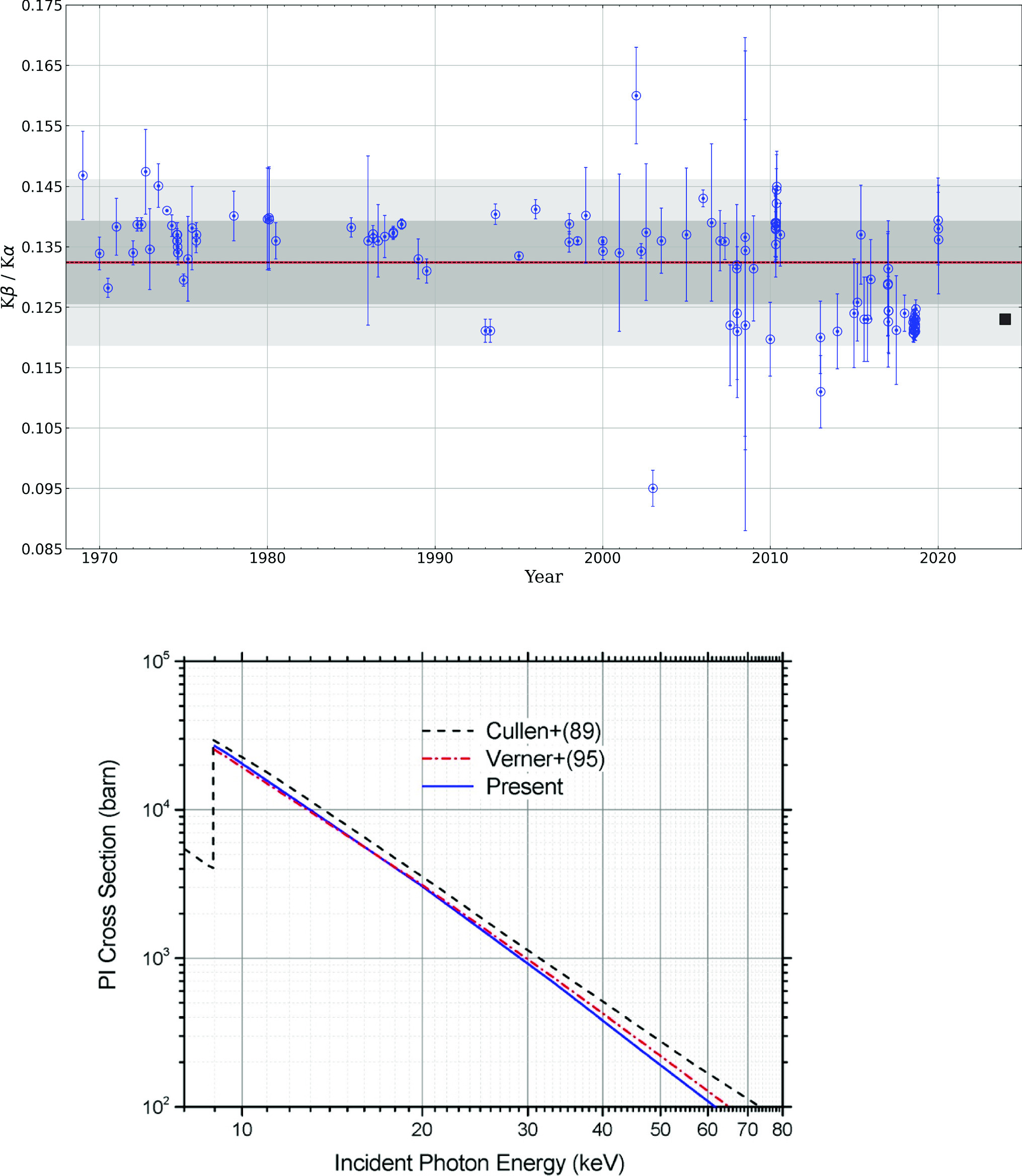https://doi.org/10.1140/epjd/s10053-025-01032-8
Regular Article - Atomic Physics
Atomic data for modeling of cold photoionized copper
1
National Astronomical Observatories, Chinese Academy of Sciences, 100101, Beijing, China
2
School of Astronomy and Space Science, University of Chinese Academy of Sciences, 101408, Beijing, China
3
Faculty of Physics, Weizmann Institute of Science, 7610001, Rehovot, Israel
Received:
28
April
2025
Accepted:
23
June
2025
Published online:
11
July
2025
Radiative K-shell transitions of weakly ionized copper, a key element among the iron-peak group, provide valuable diagnostics for both astrophysical objects and laboratory photoionized plasmas. In this work, we present atomic data for the K-shell radiative decay rates, photoionization cross sections, and autoionization rates, all of which are essential for accurate spectral modeling of such plasma. To access the reliability of these data, extensive comparisons with previously published results have been made, revealing uncertainties of only a few electron volts in the K-vacancy transition energies. With the upcoming generation of X-ray missions, which are expected to significantly increase effective area around 8 keV, the detection of copper K lines becomes promising and the spectral resolution of these missions is well matched to the accuracy of our calculations. The atomic data thus provide a consistent theoretical framework for interpreting the observed spectra and enhance our understanding of copper nucleosynthesis.
Copyright comment Springer Nature or its licensor (e.g. a society or other partner) holds exclusive rights to this article under a publishing agreement with the author(s) or other rightsholder(s); author self-archiving of the accepted manuscript version of this article is solely governed by the terms of such publishing agreement and applicable law.
© The Author(s), under exclusive licence to EDP Sciences, SIF and Springer-Verlag GmbH Germany, part of Springer Nature 2025
Springer Nature or its licensor (e.g. a society or other partner) holds exclusive rights to this article under a publishing agreement with the author(s) or other rightsholder(s); author self-archiving of the accepted manuscript version of this article is solely governed by the terms of such publishing agreement and applicable law.





